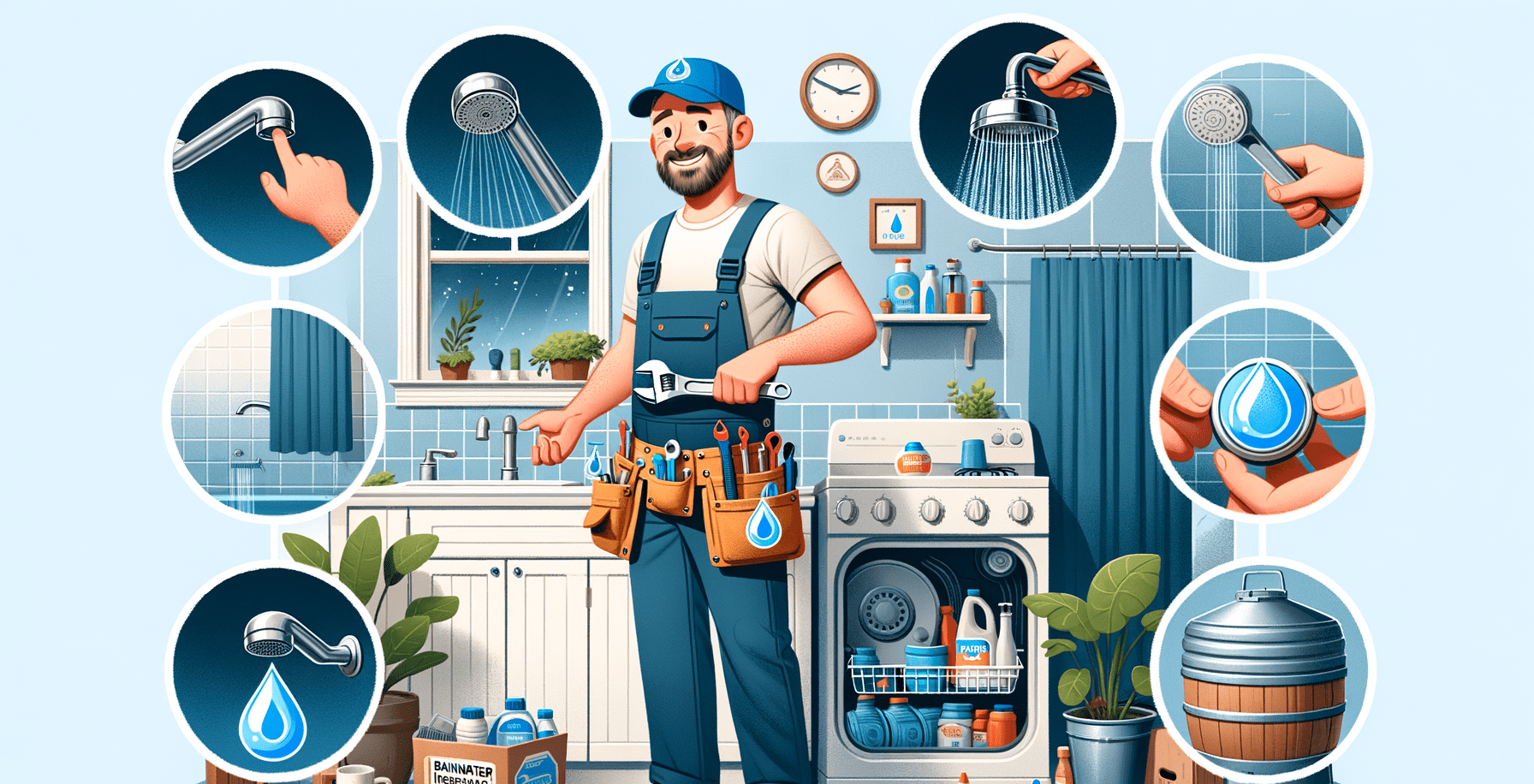Let’s take a moment to think about our relationship with good old H2O. It might come as a shock, but our daily use is putting enormous pressure on our precious water resources. As a homeowner or tenant, making a few minor adjustments can significantly lower your water usage, reduce your bill, and do your part for the environment. Here at Dan’s Plumbing, we’ve put together an exhaustive list of 30 feasible ways you can do just that, starting with these 10. Let’s dive in!
Contents
- 1. Install Low-Flow Showerheads
- 2. Use Water-Saving Toilets
- 3. Check for Leaky Taps
- 4. Collect Rainwater for Gardens
- 5. Fix Toilet Leaks Promptly
- 6. Install Tap Aerators
- 7. Use Efficient Washing Machines
- 8. Limit Shower Time
- 9. Run Dishwashers Fully Loaded
- 10. Use Pool Covers
- 11. Water Lawns at Night
- 12. Limit Kid’s Bath Time
- 13. Insulate Water Pipes
- 14. Check Sprinkler Systems Regularly
- 15. Practice Water-Saving Landscaping
- 16. Do Full Laundry Loads
- 17. Keep Drinking Water Ready
- 18. Regularly Check Water Meters
- 19. Use Eco-Friendly Detergents
- 20. Schedule Regular Plumbing Check
- 21. Replace Old Appliances
- 22. Sweep Driveways, Don’t Hose
- 23. Use Mulch in Gardens
- 24. Use a Broom, Not Hose
- 25. Install Dual Flush Toilets
- 26. Wash Cars Efficiently
- 27. Use Drip Irrigation Systems
- 28. Upgrade to Smart Sprinklers
- 29. Install Water-Efficient Appliances
- 30. Monitor Your Water Use
- In Conclusion
1. Install Low-Flow Showerheads
We start our list in the bathroom since that’s where most of the indoor water use occurs. Besides being easily installable, low-flow showerheads reduce the flow of water during your shower without compromising on the pressure. This change could save you as much as 50 litres of water per shower. You’ll be conserving water, saving money, all while still having a refreshing rinse!
2. Use Water-Saving Toilets
Our next area of focus is toilets. Nowadays, you can find models that utilise significantly less water per flush compared to traditional designs. Using innovative technology, these toilets can minimise the amount of water used by up to 50%, making them an environmentally-friendly choice in any Aussie home.
3. Check for Leaky Taps
A simple drip may not seem like much to fuss over, but those little drops add up quicker than you’d imagine. By checking for and fixing leaky taps regularly, you prevent gallons of water from going down the drain unused every day.
4. Collect Rainwater for Gardens
Rainwater collection is a cost-effective and sustainable way to tend to your garden needs without tapping into the main water supply. This makes all the difference in dry periods when water management is crucial or during water restrictions. It can also be used for other outdoor water uses like washing your car or patio.
5. Fix Toilet Leaks Promptly
As with taps, don’t underestimate a leaking toilet – it’s literally money down the loo. A leaking toilet can waste up to 750 liters of water a day. Fixing these leaks promptly will not only save water but also keep your water bill from skyrocketing.
6. Install Tap Aerators
Tap aerators are an affordable and easy way to make your existing taps more water-efficient. They work by adding air into the flow, reducing the amount of water being used while maintaining the pressure. This can help reduce water usage in the home significantly without compromising on performance or comfort.
7. Use Efficient Washing Machines
The laundry room is another significant player when it comes to residential water usage. Consider investing in an efficient washing machine, which uses less water and energy per load than older models. They’re better for both your bank balance and the environment in the long run.
8. Limit Shower Time
Sure, there’s nothing better than a nice, long shower to unwind after a hectic day, but it’s a significant water guzzler – accounting for 25% of indoor water use in an average Aussie home. Try reducing your time under the spray and you’ll see a big saving on your next water bill.
9. Run Dishwashers Fully Loaded
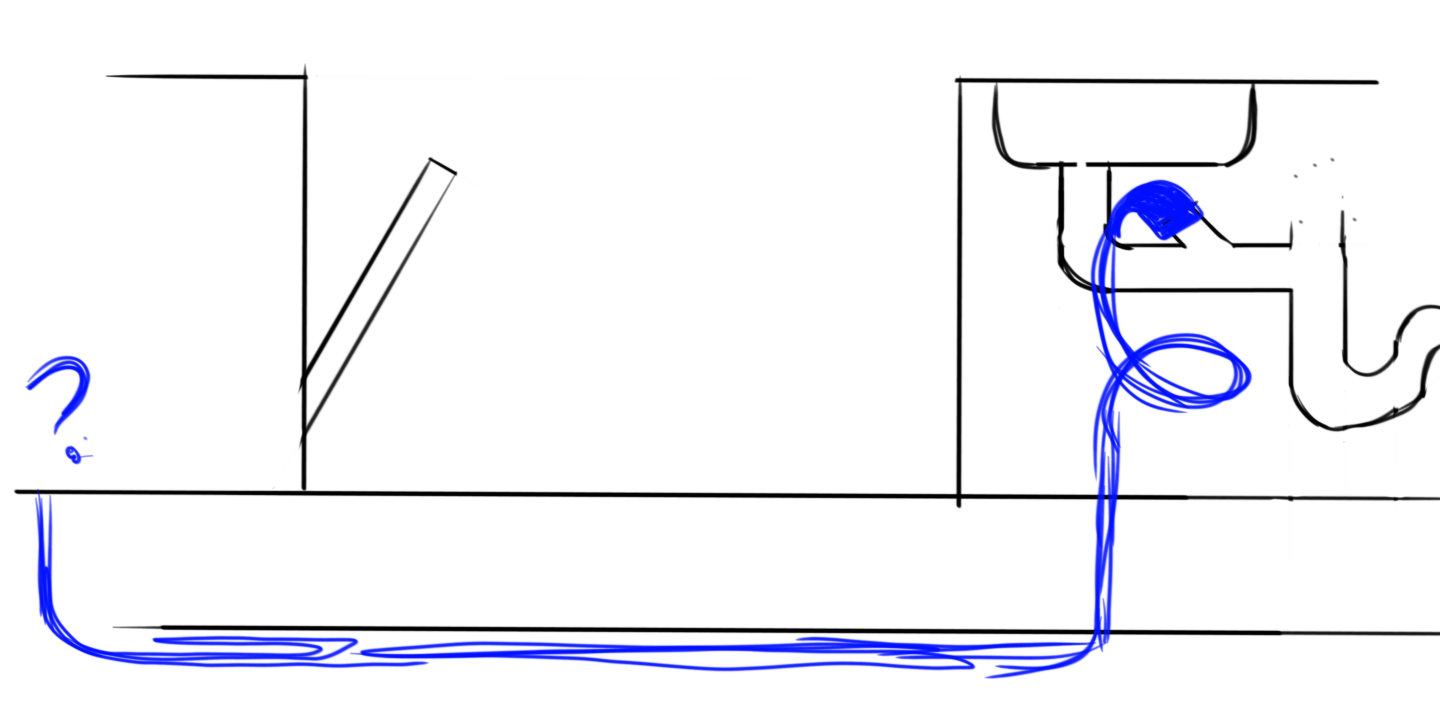
The dishwasher is yet another appliance that consumes a lot of water but it can be one of the most efficient when used properly! Running it only when it’s fully loaded maximises its water efficiency. You might also want to skip the pre-rinse, most modern machines are well capable of cleaning without it.
10. Use Pool Covers
If you’re lucky enough to have a pool at home, consider investing in a cover. Not only does it keep out debris, but it also prevents water loss due to evaporation. According to research, this loss amounts to a surprising 1000L per week for an average-sized pool! Covering it can effectively reduce this number by up to 97%.
11. Water Lawns at Night
One often overlooked yet simple way to save water at home is timing when you water your lawn. By doing so at night, evaporation is greatly reduced compared to watering during the hotter part of the day. This way, your lawn gets the maximum benefit from every precious drop. As professional plumbers focused on water management, we at Dan’s Plumbing endorse this practice for optimal water conservation.
12. Limit Kid’s Bath Time
Good hygiene is important, but it’s also possible to overdo bath time especially with kids around. By limiting their bath duration, you can conserve more water than you might think. A quick 5-minute shower uses less than a quarter of the water a full bathtub requires. So consider showering instead of bathing and always ensure all your plumbing fixtures are in top condition to prevent any unnecessary wastage.
13. Insulate Water Pipes
The energy star rating our homes often overlooks that heating water takes energy and by extension, water too. By insulating your water pipes, you achieve two things – reducing the time taken for hot water to flow through your pipes (thus saving water) as well as ensuring that heat isn’t lost in transmission (reducing energy use). It’s an area where modern building engineering has done wonders but still depends on responsible home management.
14. Check Sprinkler Systems Regularly
Just like any other part of your home’s plumbing system, sprinkler systems require regular checks too. Undetected leaks or malfunctioning sprinklers can lead to excessive usage of water hence disrupting efficient water management at home. These might seem minor issues, but these liquid dielectrics can add upto thousands of litres wasted in a year!
15. Practice Water-Saving Landscaping
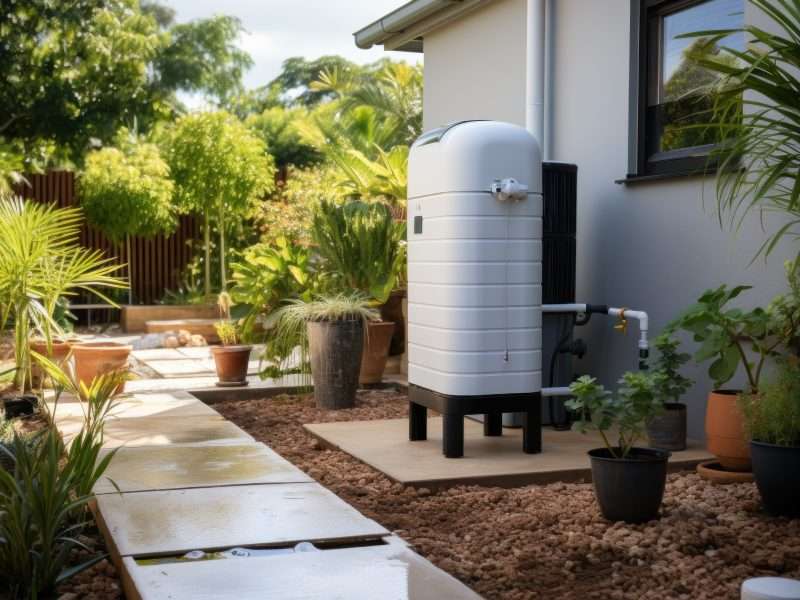
An increasingly popular approach to water conservation is embracing water-saving landscape designs for your home. Such designs focus on using plants that need less water and strategically placing them to limit evaporation, thereby reducing your irrigation needs. Also, consider using technologies like the smart thermostat and other home automation systems to control your sprinklers more effectively.
16. Do Full Laundry Loads
Another tip in conserving water at home is to only use your washing machine when you have a full load. Half a load does not mean half the water usage! In fact, loading your machine to its full capacity gets more laundry done per litre of water used. This contributes to effective environmental technology and better environmental management at home.
17. Keep Drinking Water Ready
How often do we let the tap run until it’s cold for a refreshing drink? Instead, keep a bottle of drinking water in the fridge. With this clever practice, you save not just gallons of water but time too!
18. Regularly Check Water Meters
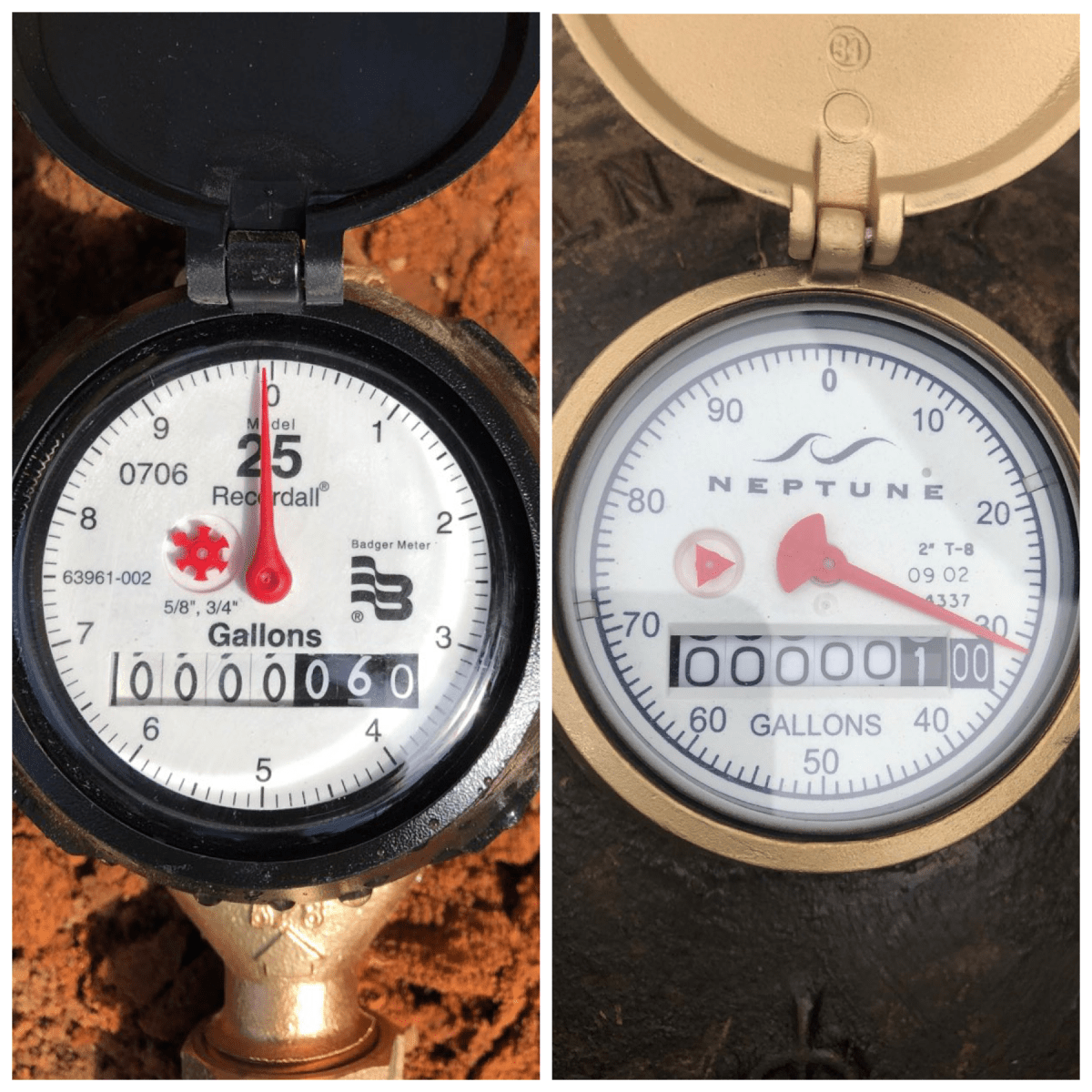
Regular checks on your water meter can help detect leaks sooner rather than later. If you notice any unusual increase in your meter reading when no water has been consumed, there’s likely a leak somewhere in the house. Don’t delay – get it checked by professionals who have knowledge of hydraulic engineering like us at Dan’s Plumbing immediately!
19. Use Eco-Friendly Detergents
Pondering how detergents factor into water conservation? The more harmful substances are present in the wastewater (like from traditional detergents), the more water is required to treat and make it safe again once it’s down the drain (plumbing). So using eco-friendly detergents is an act of responsible water conservation and better for the natural environment too!
20. Schedule Regular Plumbing Check
Finally, the most efficient way to catch any water wastage is by scheduling regular plumbing Maintenance checks. At Dan’s Plumbing, comprehensive checks on your home appliances, heating, ventilation and air conditioning systems, amongst others are performed to ensure any potential issues are identified early. An efficient home is after all our mutual goal.
21. Replace Old Appliances
Your water-guzzling appliances could be the culprit behind your high water bills. Older models of dishwashers and washing machines can use double or triple the amount of water than their energy-efficient counterparts. Replacing them, albeit expensive initially, will save you money on your water bills in the long run. When purchasing your new appliances, look for ones that have a high WELS rating (Water Efficiency Labelling and Standards), these are the most efficient at conserving water.
22. Sweep Driveways, Don’t Hose
Most Aussies pride themselves on maintaining a clean and neat home front, but using a hose to clean driveways can waste a lot of water. Think of it this way: every time you swap your broom for a hose, you’re basically pouring hundreds of litres of water down the drain! Opt instead for sweeping any accumulated dirt and fallen leaves. Making this simple change can save a significant amount of water over the course of a year.
23. Use Mulch in Gardens
Mulch is a gardener’s best friend when it comes to conserving soil moisture! By spreading mulch around your plants, you can keep their roots moist for longer periods of time—meaning less frequent watering is needed. The bonus is that mulch also helps in preventing weed growth and adds organic matter to the soil over time as it decomposes.
24. Use a Broom, Not Hose
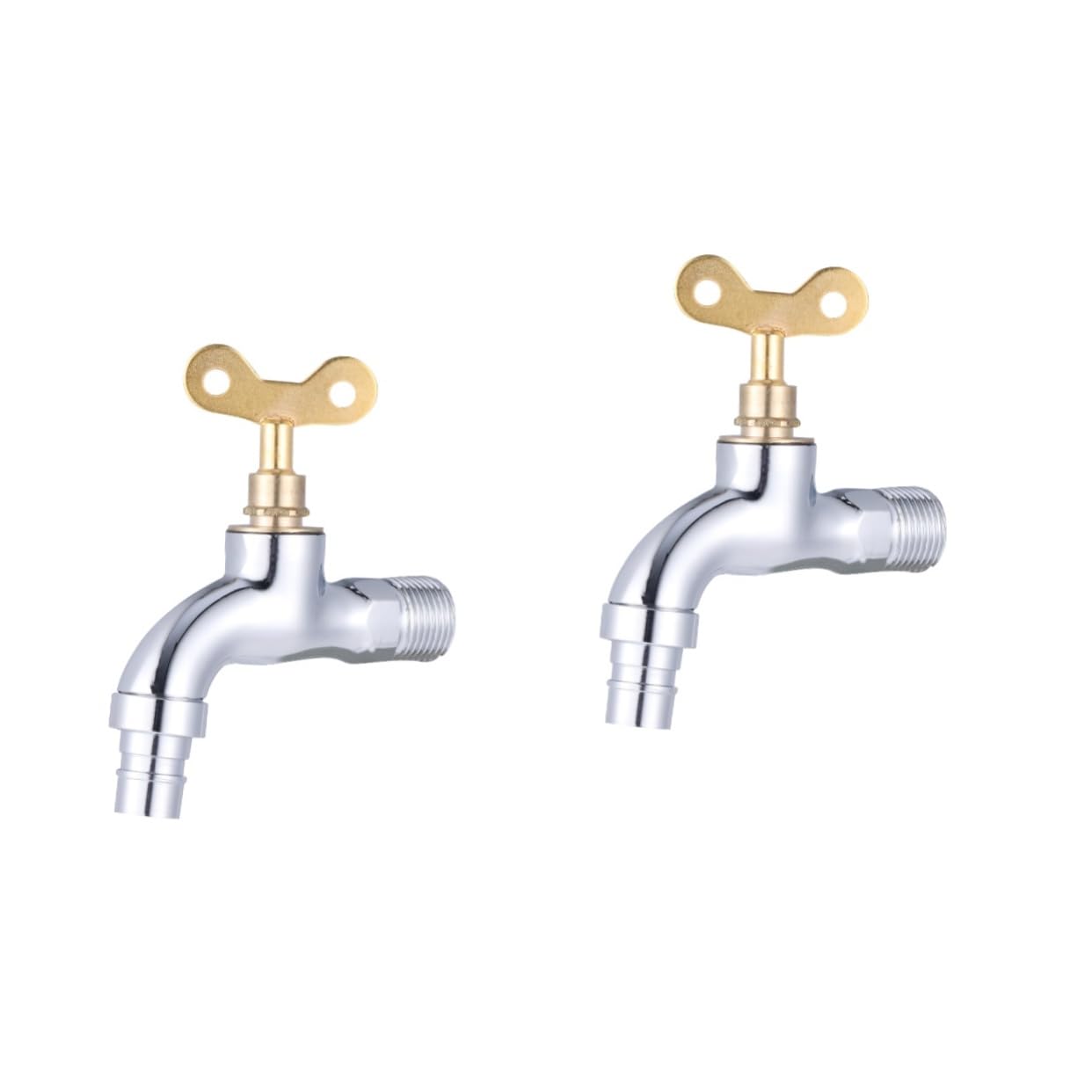
No different from our advice on driveways, using a broom instead of a hose to clean your outdoor areas can lead to significant water savings. It’s so easy to use water carelessly when we’re cleaning exterior surfaces like decks and patios, but with proper use of a quality broom, you can get the cleaning job done with virtually zero water wastage.
25. Install Dual Flush Toilets
Did you know that toilets are one of the biggest water guzzlers in the home? Upgrading to a dual flush toilet can save thousands of litres of water each year. With separate flushes for liquid and solid waste, you can choose to use less water when it’s necessary—helping you conserve water one flush at a time.
26. Wash Cars Efficiently
Washing your car at home can use anywhere from 100 to 300 litres of water at a time. So, how can you wash your car without wasting so much water? One solution is using a bucket instead of a hose, or consider investing in a high-pressure hose with a trigger nozzle to control the flow of water. Better yet—visit a commercial car wash that recycles water!
27. Use Drip Irrigation Systems
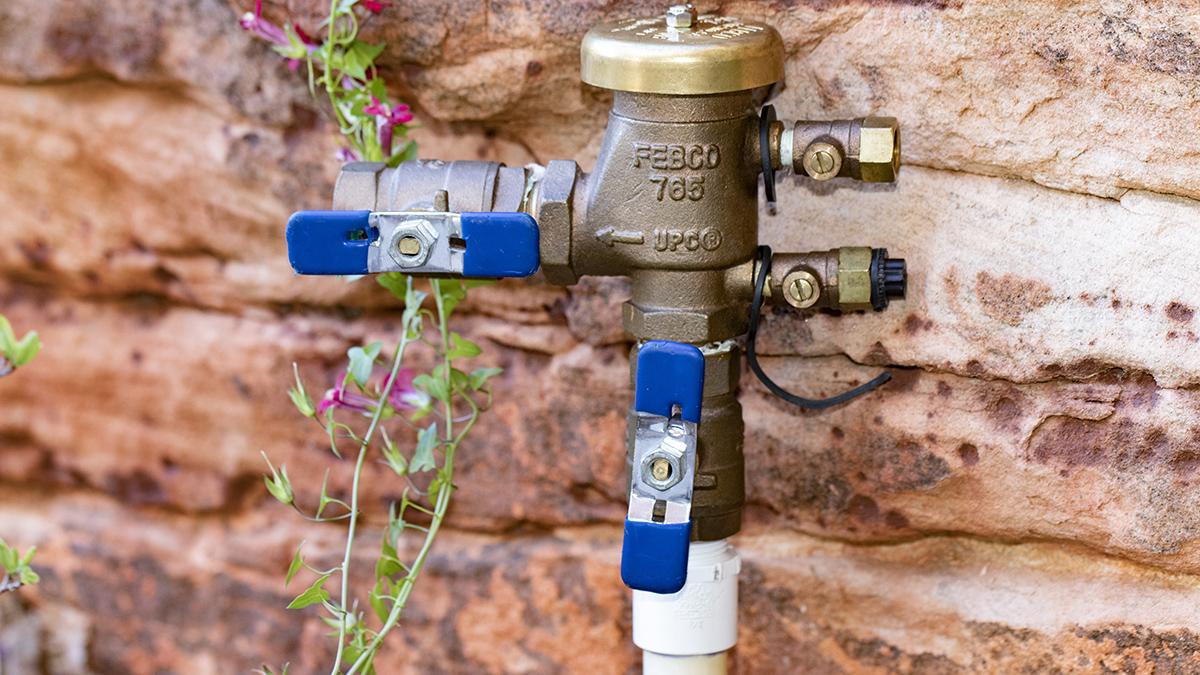
If you love gardening but hate the thought of all that wasted runoff from traditional watering methods then drip irrigation systems could be the answer to your horticultural prayers! These efficient systems deliver low volumes of water directly to the base of plants where it’s needed most—eliminating evaporation and inefficient watering habits.
28. Upgrade to Smart Sprinklers
Make your home’s exterior as smart as its interior by upgrading your old sprinklers with modern smart ones. They not only dose your lawn with the right amount of water but also adapt to your local weather forecasts and automatically adjust their watering schedules accordingly—preventing unnecessary watering during wet weather.
29. Install Water-Efficient Appliances
Water-efficient appliances aren’t just great for saving money; they’re crucial for preserving our precious water resources too. From showerheads to sinks, there are a whole range of appliances on the market designed with efficiency in mind. Every litre of water we save counts towards a sustainable future – why not start at home?
30. Monitor Your Water Use
Monitoring your household’s water usage is essential to understanding where you can make adjustments and improve upon your water-saving habits. Regularly checking your water meter can help identify any sudden increases in use or unnoticed leaks. Make it a routine to check and record readings and tackle discrepancies as they arise.
In Conclusion
Water conservation is everyone’s responsibility and it begins right at our homes. By implementing these simple tips, we can significantly reduce our water footprint and contribute to a sustainable future. At Dan’s Plumbing, we proudly support every Aussie homeowner in their efforts to conserve water. Remember, every drop counts!
Related posts:
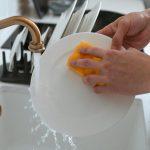 Eco-Friendly Kitchen Plumbing: Simple Tips to Save Water
Eco-Friendly Kitchen Plumbing: Simple Tips to Save Water
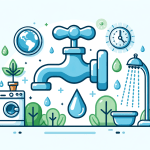 Slash Your Water Bill: Simple Tricks You Might Not Know
Slash Your Water Bill: Simple Tricks You Might Not Know
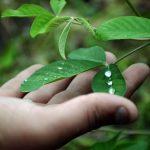 Save Water, Save Money: Dan’s Plumbing Recommends Efficient Toilets
Save Water, Save Money: Dan’s Plumbing Recommends Efficient Toilets
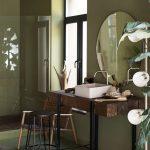 Upgrade Your Showerhead for Water Savings: Eco-Friendly Plumbing Solutions
Upgrade Your Showerhead for Water Savings: Eco-Friendly Plumbing Solutions
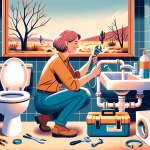 Drought-Proofing Your Plumbing: Sustainable Habits for Every Aussie
Drought-Proofing Your Plumbing: Sustainable Habits for Every Aussie
 The Benefits of Water-Efficient Toilets: Saving Water and Money
The Benefits of Water-Efficient Toilets: Saving Water and Money

